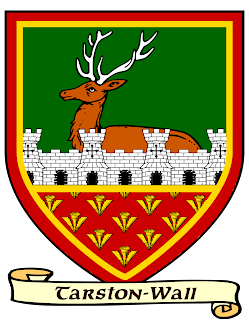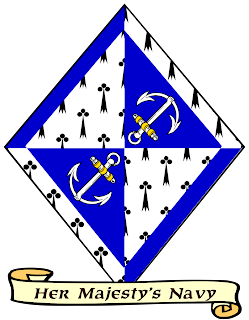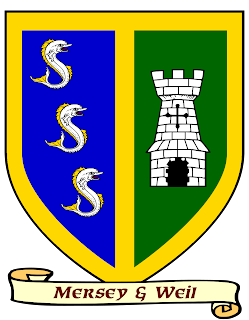Continued from the previous section. Click HERE to go back.

For the longest time, this region between the Great Clans’ forest and the Realms of Ar and Frisland remained a dangerous wilderness claimed only by ogrish hordes living beneath the crags. They once dwelled on the surface well before the founding of Ar and Foresthome. In the face of Alphatian supremacy, the hordes retreated underground and reinforced vast networks of fortified lairs. From there, they raided the land above until the jaws of Ar and Foresthome locked upon the last of the ogres’ ancestral lands. Famine threatening, the hordes came out in vast numbers until their final defeat at the battle of Ogre Tusk. The end of the ogrish peril came when Ar and Foresthome set aside their disputes and agreed to coordinate their efforts. Ar held its ground and sent airships to rain a storm of magic upon their foes, while Foresthome’s warriors marched and struck the beasts like a hammer on an anvil. Clans of every sort fought at the side of humans, combining their skills to decimate the hordes so thoroughly that the few survivors had no chance but to retreat once more to their caves.
 |
| Marches of Ogresfell, map scale: 8 miles per hex |
For the longest time, this region between the Great Clans’ forest and the Realms of Ar and Frisland remained a dangerous wilderness claimed only by ogrish hordes living beneath the crags. They once dwelled on the surface well before the founding of Ar and Foresthome. In the face of Alphatian supremacy, the hordes retreated underground and reinforced vast networks of fortified lairs. From there, they raided the land above until the jaws of Ar and Foresthome locked upon the last of the ogres’ ancestral lands. Famine threatening, the hordes came out in vast numbers until their final defeat at the battle of Ogre Tusk. The end of the ogrish peril came when Ar and Foresthome set aside their disputes and agreed to coordinate their efforts. Ar held its ground and sent airships to rain a storm of magic upon their foes, while Foresthome’s warriors marched and struck the beasts like a hammer on an anvil. Clans of every sort fought at the side of humans, combining their skills to decimate the hordes so thoroughly that the few survivors had no chance but to retreat once more to their caves.











